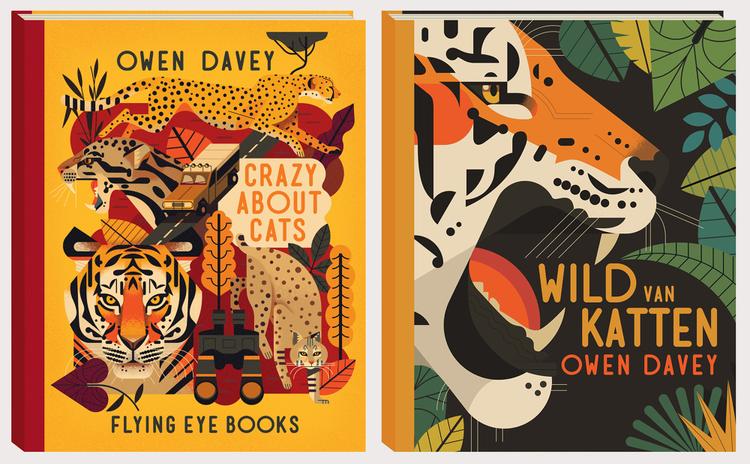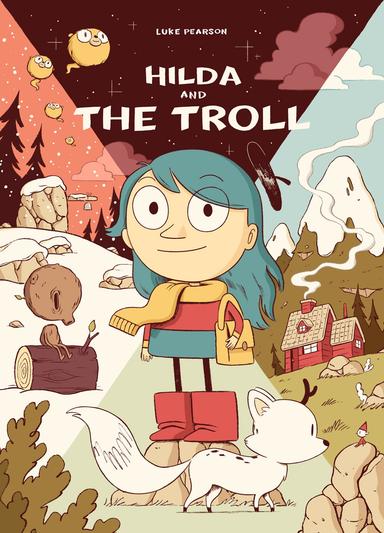Analysing use of language in 'Crazy about Cats'
I can use features of non-fiction texts to build understanding of new vocabulary.
Analysing use of language in 'Crazy about Cats'
I can use features of non-fiction texts to build understanding of new vocabulary.
These resources will be removed by end of Summer Term 2025.
Lesson details
Key learning points
- Non-fiction texts can be written using formal or informal language
- The language used in a text will depend on the text's purpose and audience
- Owen Davey uses subject specific language to help create a sense of authority and reliability for the reader
- Specific words and phrases can be selected by the author to convey meaning
- Owen Davey uses playful language to engage the reader
Keywords
Features - The features of a text type refer to distinctive characteristics that belong to it.
Visual aid - Visual aids are graphs, charts, images, or diagrams which enhance understanding in non-fiction texts.
Caption - A caption is a brief description accompanying an image, providing context in non-fiction texts.
Subject-specific vocabulary - Subject specific vocabulary is words related to a specific topic in non-fiction texts.
Label - A label annotates a particular element in a visual aid.
Common misconception
All subject-specific vocabulary will be defined, explained or supported by visual aids or captions.
Pupils may have to use other reading strategies to build understanding. These can be displayed in a classroom or modelled by an adult.
To help you plan your year 5 english lesson on: Analysing use of language in 'Crazy about Cats', download all teaching resources for free and adapt to suit your pupils' needs...
To help you plan your year 5 english lesson on: Analysing use of language in 'Crazy about Cats', download all teaching resources for free and adapt to suit your pupils' needs.
The starter quiz will activate and check your pupils' prior knowledge, with versions available both with and without answers in PDF format.
We use learning cycles to break down learning into key concepts or ideas linked to the learning outcome. Each learning cycle features explanations with checks for understanding and practice tasks with feedback. All of this is found in our slide decks, ready for you to download and edit. The practice tasks are also available as printable worksheets and some lessons have additional materials with extra material you might need for teaching the lesson.
The assessment exit quiz will test your pupils' understanding of the key learning points.
Our video is a tool for planning, showing how other teachers might teach the lesson, offering helpful tips, modelled explanations and inspiration for your own delivery in the classroom. Plus, you can set it as homework or revision for pupils and keep their learning on track by sharing an online pupil version of this lesson.
Explore more key stage 2 english lessons from the 'Crazy about Cats': reading unit, dive into the full secondary english curriculum, or learn more about lesson planning.

Licence
Starter quiz
6 Questions





alphabetical guide to topics
defines key terms or subject-specific vocabulary
brief summary on cover
Exit quiz
6 Questions
refers to distinctive characteristics that belong to it
images or illustrations which enhance understanding
a brief description accompanying an image, providing context
annotates a particular element in a visual aid

Eat, Prey, Hunt
Paws
Cats extend their claws by tightening muscles and tendons.

Hide and Seek
4) If you look closely at this black leopard ...
Camouflage is when something blends in with its surroundings


